Let’s Talk About Shockwave Therapy for Heel Pain
Heel pain is one of those things that can really get in the way of your day-to-day life—whether it’s walking to the mailbox or chasing after your grandkids. Conditions like plantar fasciitis, Achilles tendinitis, or other tissue-related issues are usually to blame. And while things like rest, orthotics, physiotherapy, or even injections help a lot of people, there are times when pain lingers. That’s where shockwave therapy might come into the picture—as part of a bigger plan.
So, What Is Shockwave Therapy Anyway?
In simple terms, it’s a treatment that uses sound waves (acoustic pulses) to help your body heal itself. No surgery, no needles. Studies suggest shockwave may help some soft-tissue conditions. Suitability depends on your assessment and goals.
How It Actually Works
The device sends short, focused pulses directly to the area, causing trouble. Think of it as a wake-up call for your body’s healing system. Depending on your situation, we might combine it with strengthening exercises, better shoes, or custom orthotics.
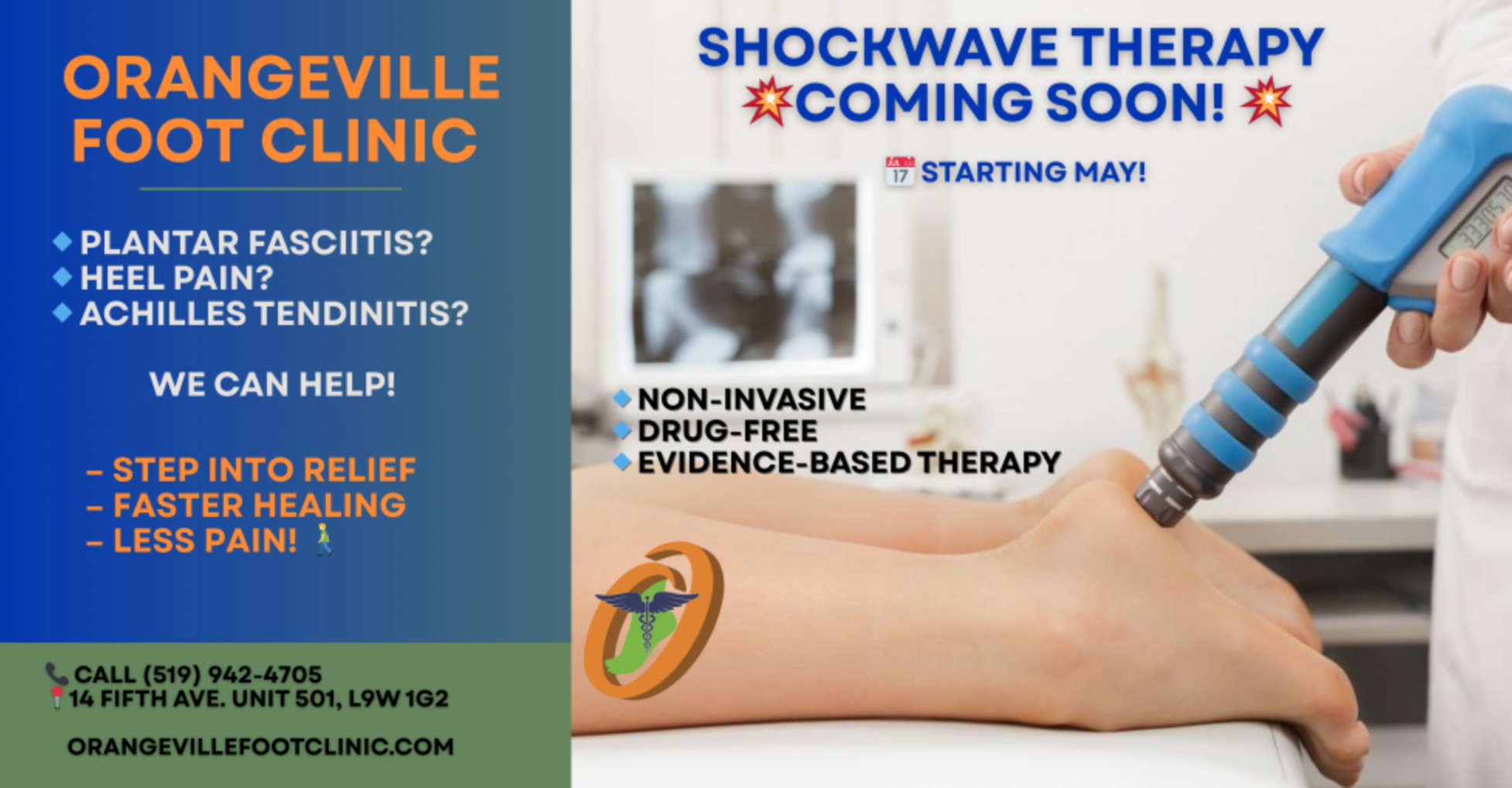
- Evidence-Informed: There’s research showing it can help with certain soft tissue injuries.
- Non-Invasive: No surgery, no anesthesia—most people are back on their feet right after.
- Time-Efficient: Sessions are short and typically once a week.
Now, not everyone responds the same way—especially depending on how long the problem has been around—but for a lot of people, it’s a useful piece of the puzzle.
Comparing Options – What’s What?
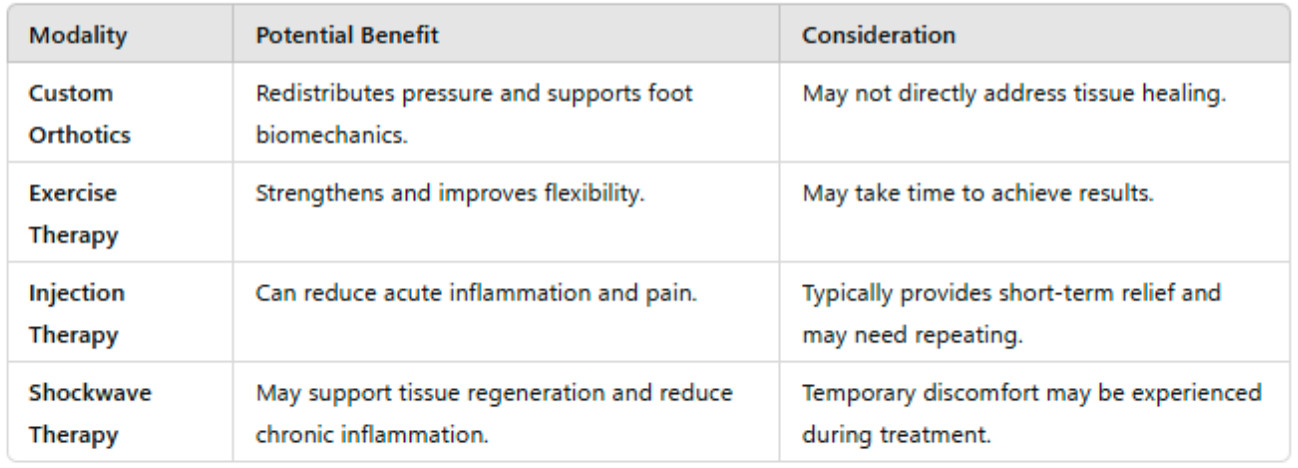
Shockwave therapy is not a standalone solution. It is best integrated into a comprehensive care plan based on individual clinical findings and responses to previous treatments.
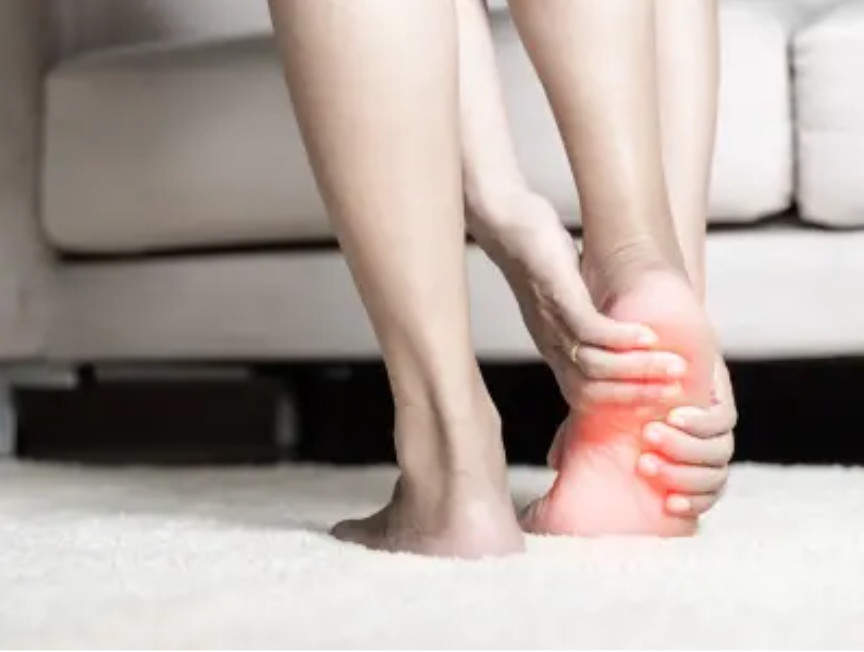
Conditions Commonly Treated in Chiropody Clinics
- Plantar fasciitis (with or without heel spurs)
- Achilles tendonitis
- Plantar fibromatosis
- Other localized tendon-related conditions
In select cases, some individuals may find benefit in its application for neuropathic-type foot discomfort, though more study is needed in that area.
Patient Safety and Professional Standards
At our clinic, we follow the College of Chiropodists of Ontario’s advertising and clinical practice standards. We do not make promises of outcomes and strive to ensure that all information provided is accurate and intended to help patients make informed decisions about their care.
Frequently Asked Questions
1. Is it covered by insurance?
Some extended health plans may reimburse shockwave therapy when provided by a registered chiropodist or podiatrist. Please check your plan for specific details.
2. How many sessions are required?
Most patients undergo 3 to 6 sessions, spaced about a week apart, depending on their condition and response.
3. Is treatment painful?
Some individuals may experience mild discomfort during the session, but this typically resolves quickly afterward.
4. Are there side effects or downtime?
Side effects are typically mild and may include brief redness, soreness, or swelling in the treated area.
5. What kind of results should I expect?
Results vary. Many individuals experience improved mobility and reduced pain over several weeks as healing continues.
6. I’ve had shockwave therapy for heel pain in the past, and it didn’t help. Should I try it again?
Not all patients respond to shockwave therapy in the same way. If you’ve previously undergone shockwave without success, several factors may be worth revisiting—such as the number of sessions, the specific device used, the technique applied, and whether it was part of a broader treatment plan (e.g., combined with orthotics, activity modification, or exercise therapy). We use health-professional devices consistent with Canadian practice. A re-assessment can help determine whether a repeat course is still appropriate or if alternative approaches should be explored.
Interested in Learning More?
We invite you to contact us for a personalized consultation to determine if shockwave therapy is appropriate for your foot care needs.
Disclaimer: This information is provided for educational purposes only and complies with the College of Chiropodists of Ontario’s advertising regulations. Individual experiences may vary, and this therapy may not suit everyone. Please consult with a qualified foot care provider for assessment and recommendations.
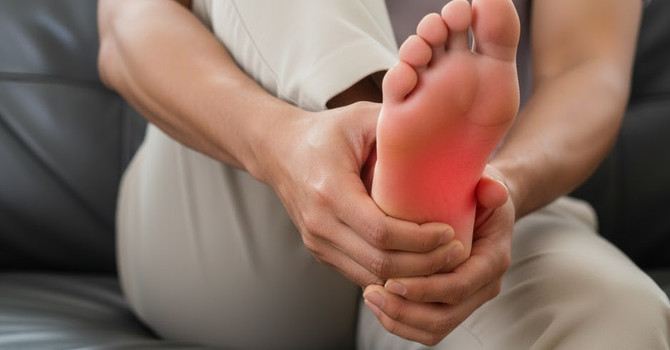
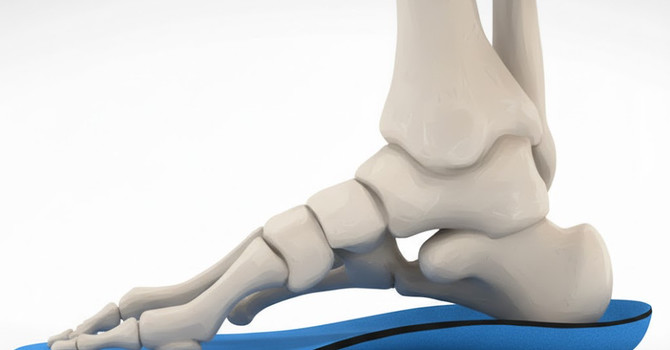
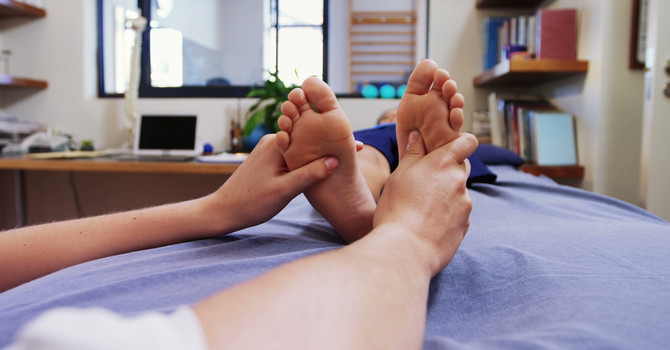

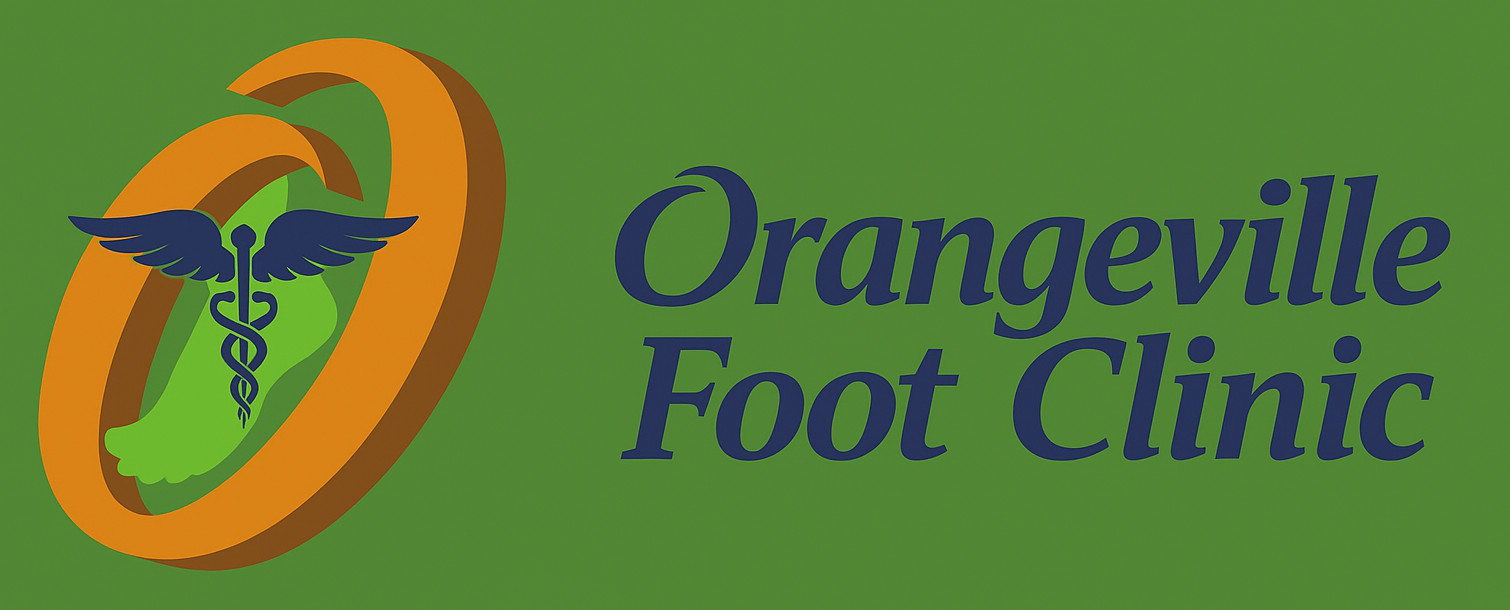 👋 Need help? Chat with us below!
👋 Need help? Chat with us below!